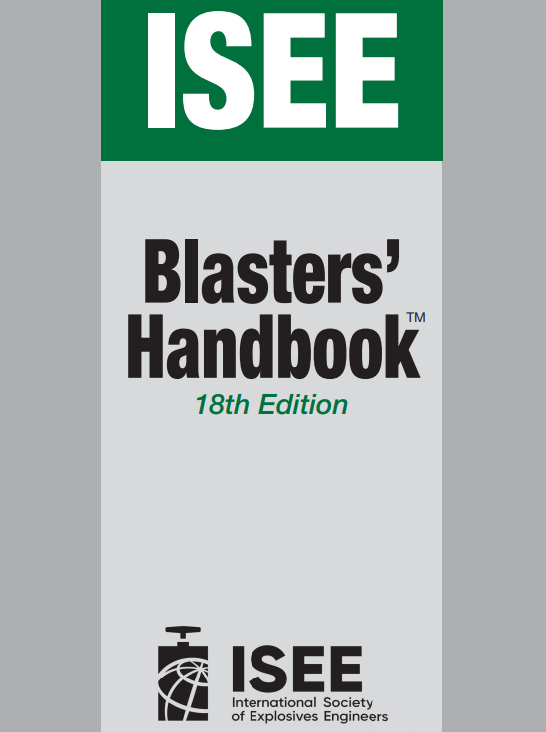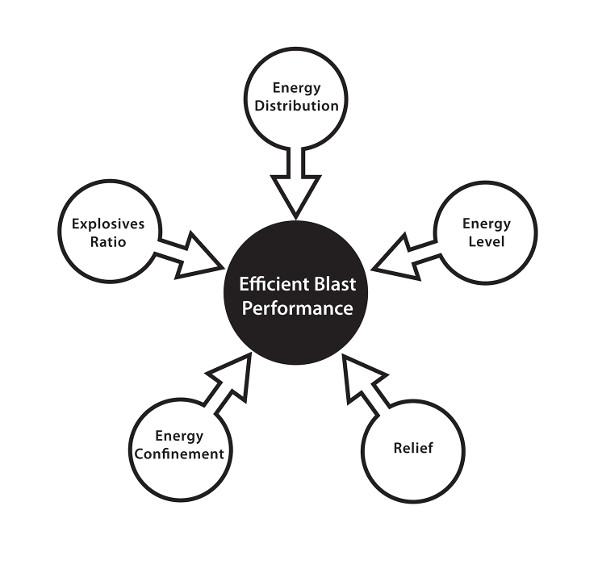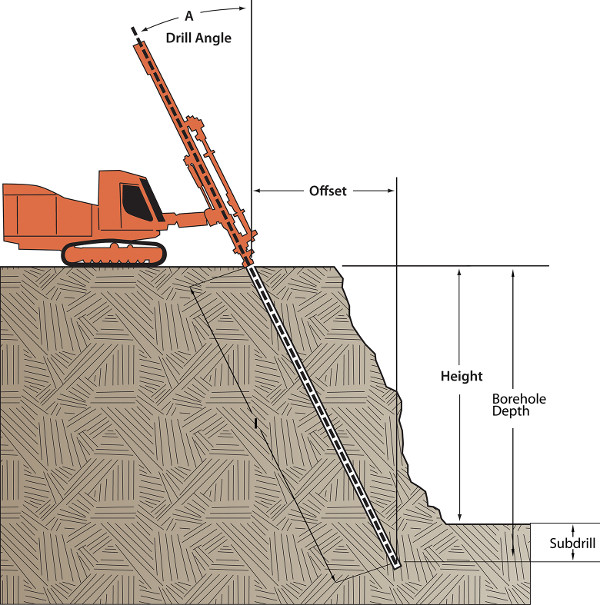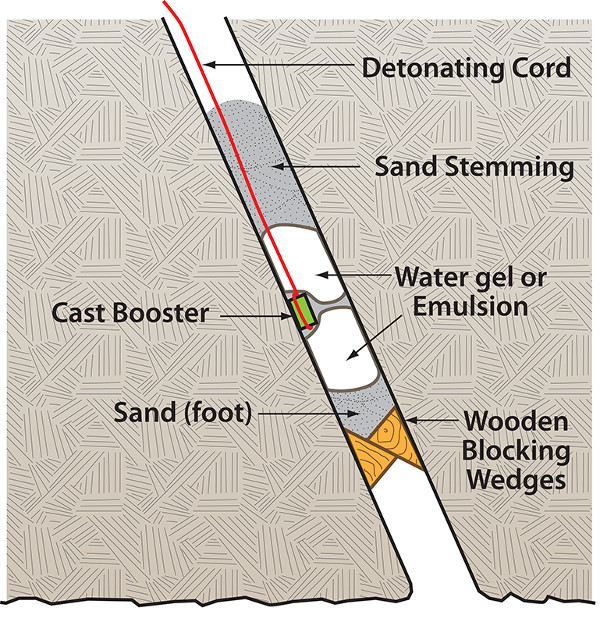
18th Edition, Fifth Printing
This fifth printing improves upon the more than 1,000 pages of explosives knowledge with updated content, equations and formulas. With the blaster-in-charge as the focus, the 18th Edition Blasters’ Handbook fifth printing is divided into four parts emphasizing safety, security and communication throughout the publication.
The Blasters' Handbook Broken Down
Safety and Security
Safety and security guidelines, examples of inventory control measures and the importance of ethical decision making are all tackled in this section. It also sheds light on how to work with current regulatory authorities and utilize effective communication through the preliminary design process. Part I lays the foundation on how to build a safe and efficient blast plan.


Planning and Design
Once the blaster-in-charge has established the groundwork for the project, it’s time to begin the planning and design process. Divided into four sections, this part provides checklists and best practices on proper drilling, hazard mitigation, vibration monitoring and control and blast performance evaluation. Part II delves into the most prominent explosives and initiation systems to give the blaster-in-charge an overview of different products and loading systems.
Specialty Blasting
Part III of the handbook takes a look at field practice guidelines for surface, underground and specialty blasting. This part provides specific design patterns and initiation sequences and calculations involved in blast design and evaluation. The blaster-in-charge will walk away with an in-depth knowledge of the key performance indicators of a successful blast after reading this section.

Vibration Monitoring
Available in the appendices are the ISEE’s “Performance Specifications for Blasting Seismographs” and “Field Practice Guidelines for Blasting Seismographs.” These guidelines have been adopted by both vibration monitoring professionals and some regulatory agencies as the standard for blasting seismographs. Also included in Part IV is a glossary of industry terms, an “always/never” section, and a comprehensive appendix detailing the utilization of electric initiation systems.




